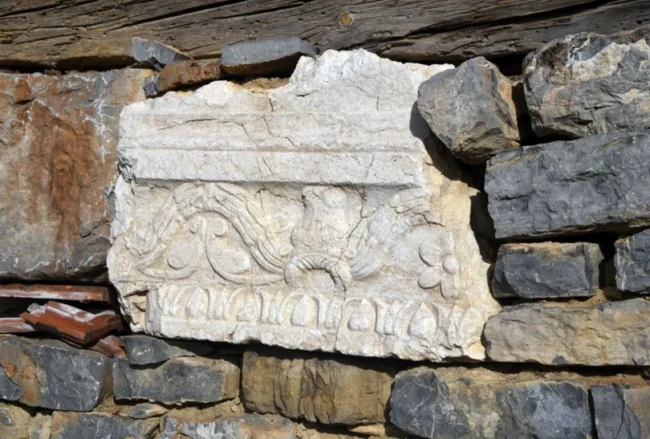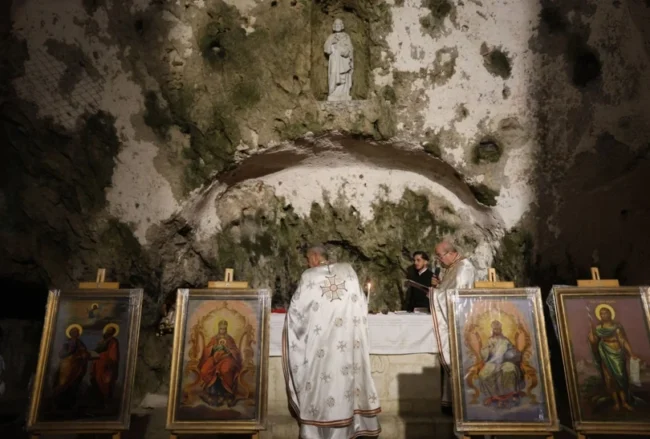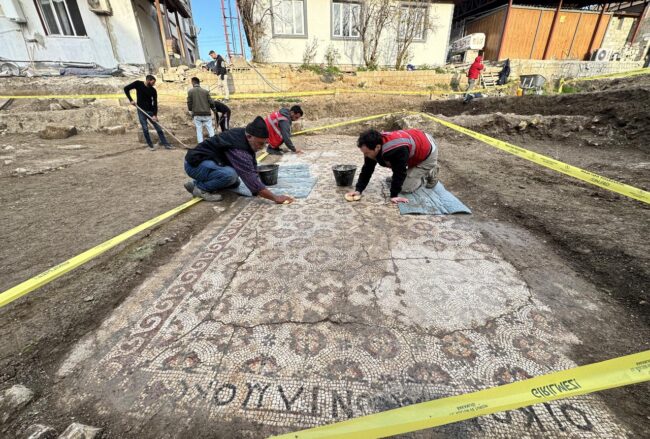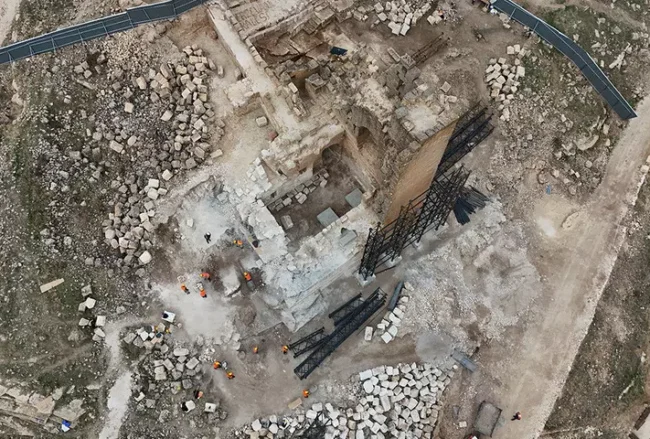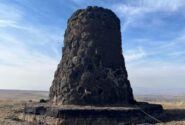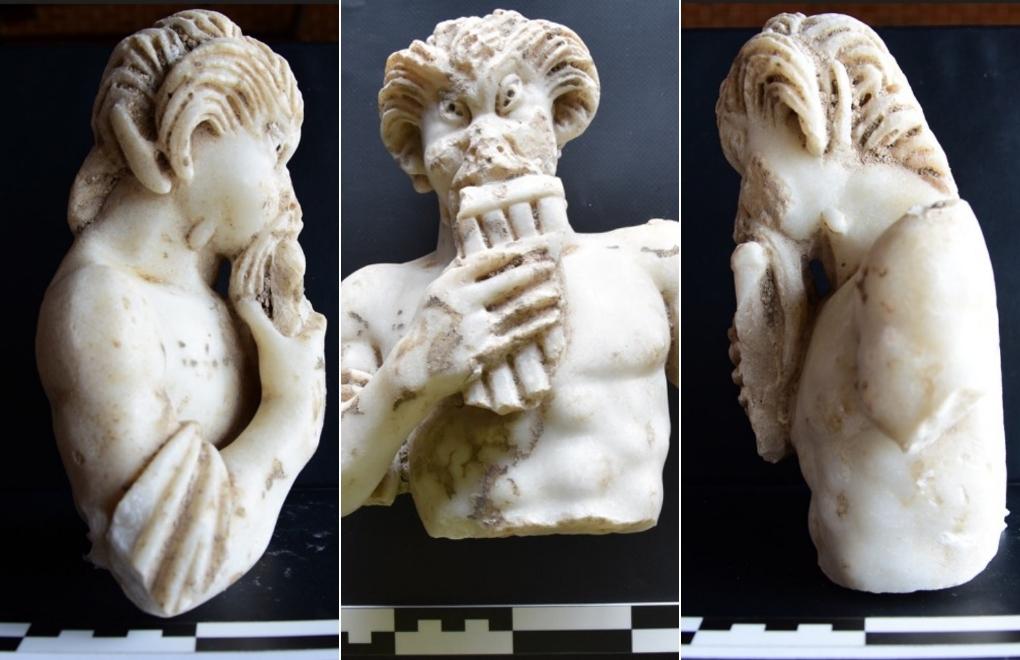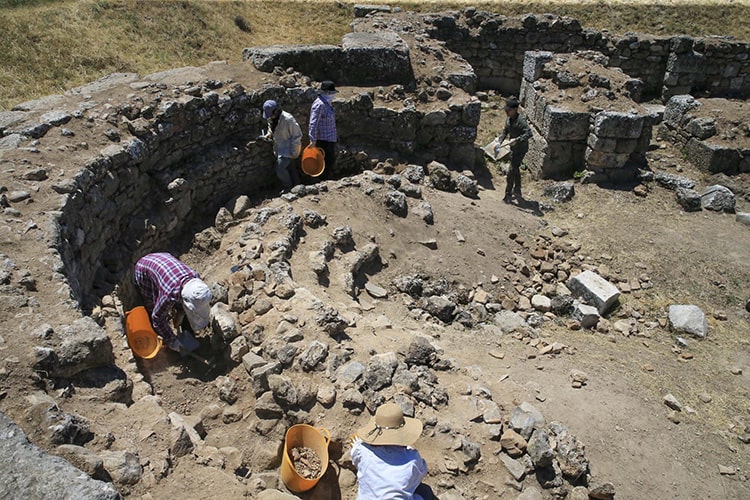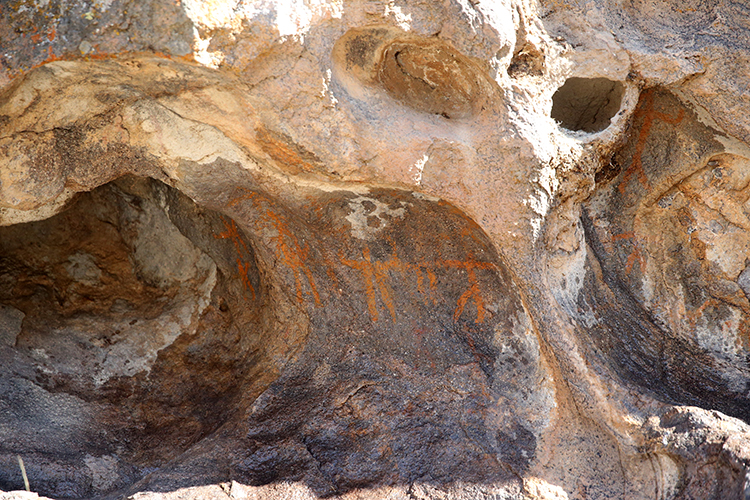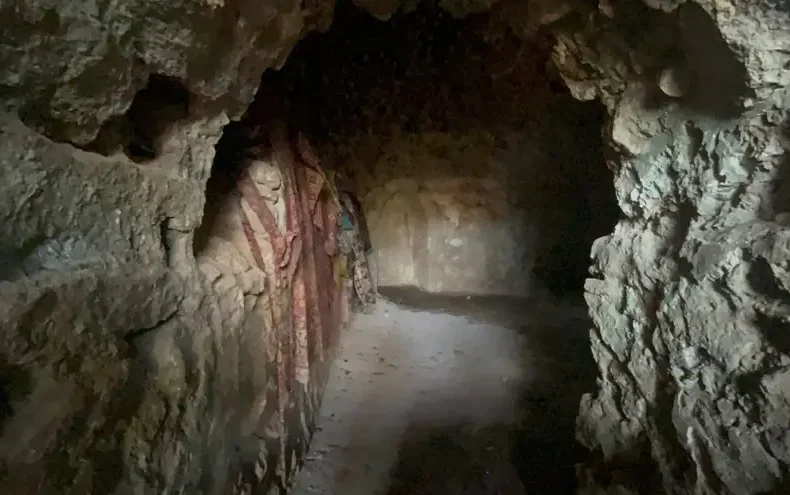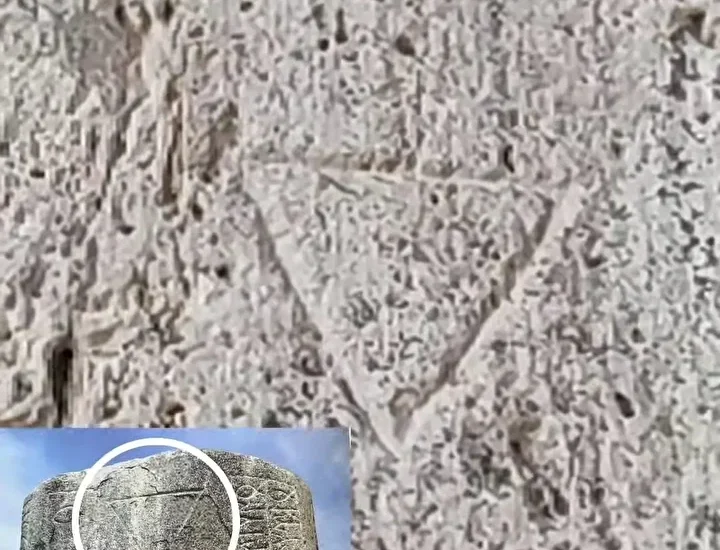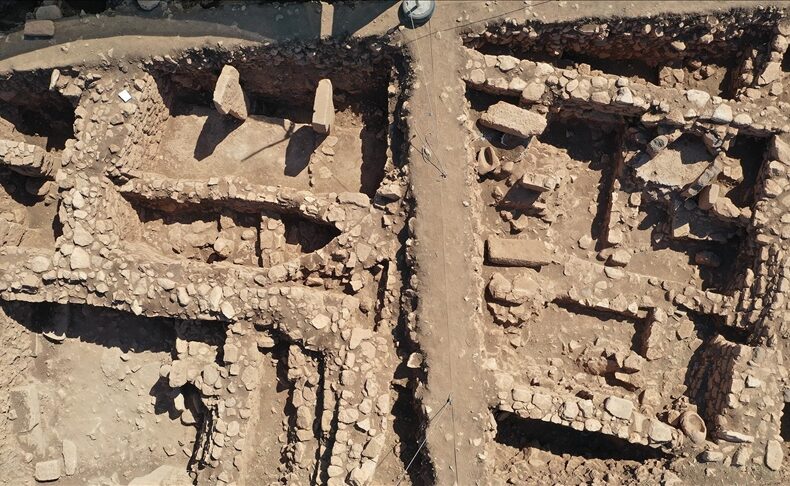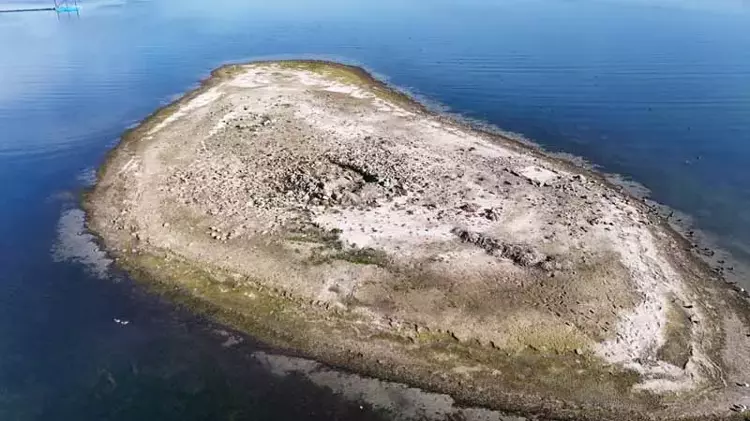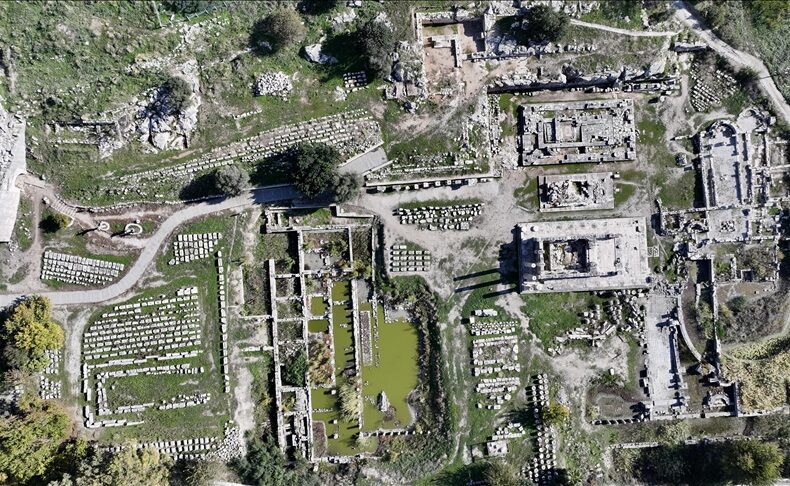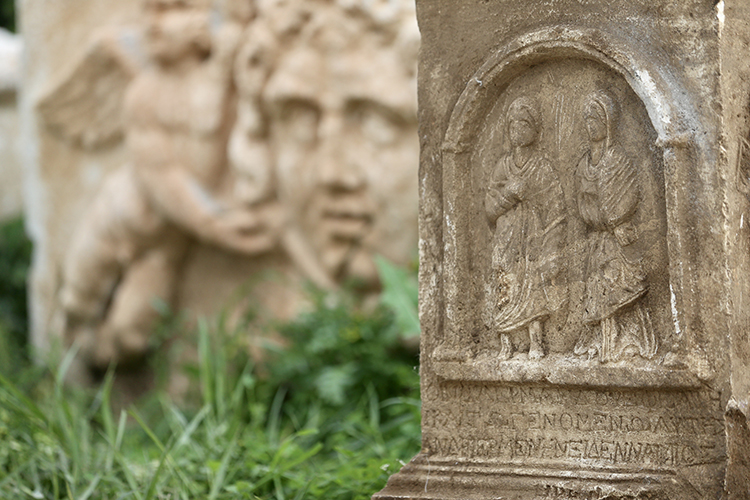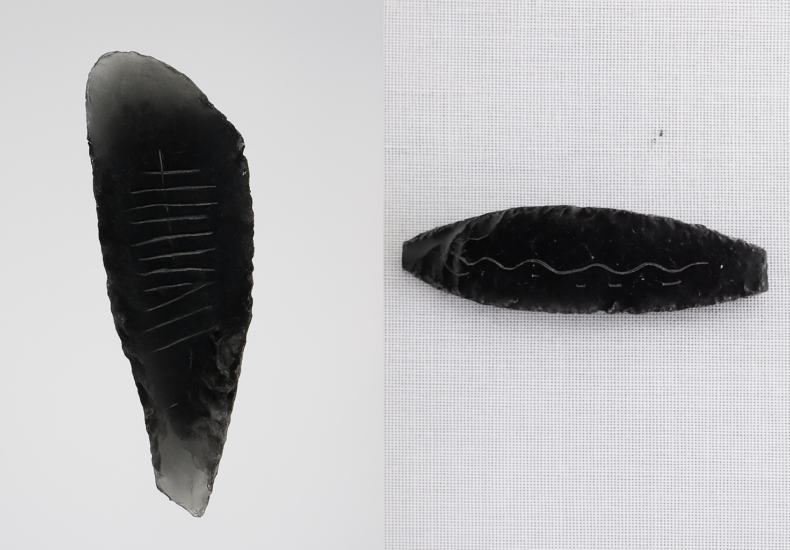Anatolian News . Southeastern Anatolia
Excavations Begin at the Late Roman Rabat Castle Built to Protect Key Trade Routes
Archaeological excavations have begun at Rabat Castle, a Late Roman–period stronghold rising 955 meters above sea level in the Derik district of Mardin. Spreading across roughly 5.5 hectares, the fortress occupies a commanding position overlooking routes that once connected Anatolia with Upper Mesopotamia. Archaeological assessments indicate that Rabat Castle was constructed during the Late Roman

